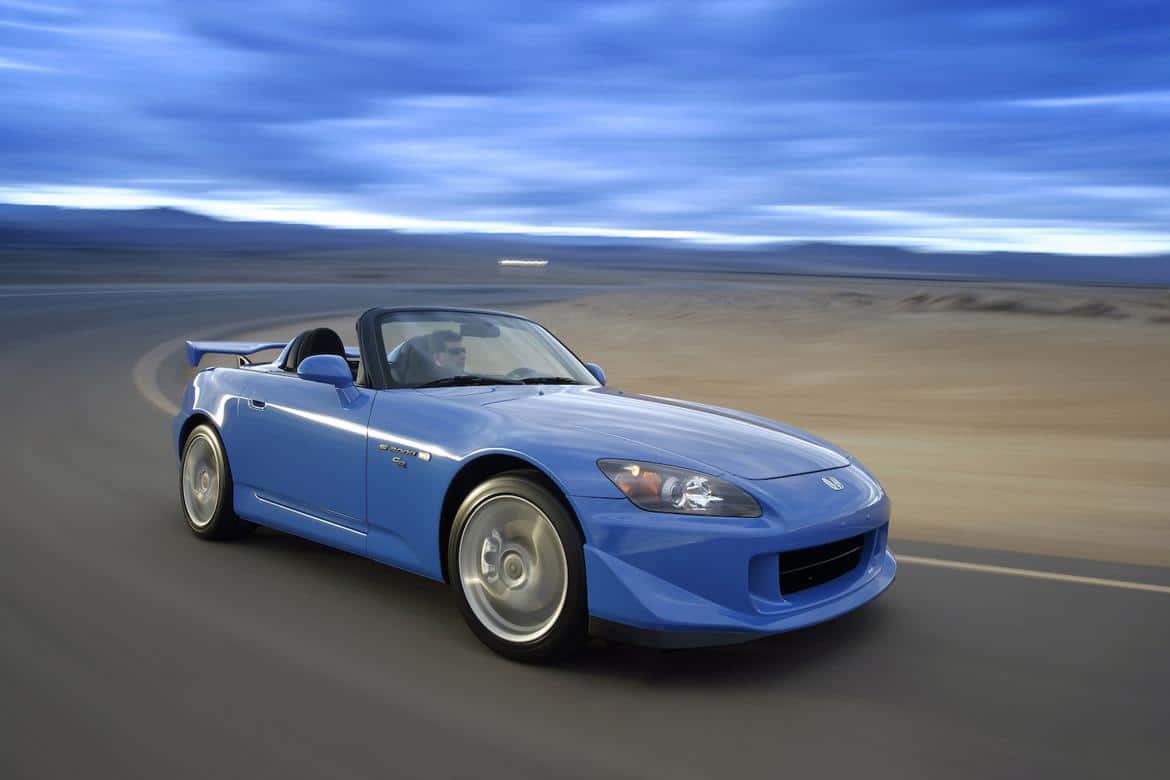Whether you’re a seasoned car enthusiast or a newbie to the world of automotive restoration, there’s nothing like breathing life back into a car, or better yet, the S2000 Honda Sports Car!
Everything from sourcing the right parts to the restorative bodywork process will have your hands greased up and busy.
Of course, you can opt to rope in help from the pros if you don’t want to get your hands dirty yourself.
If you’re ready to embark on the salvage S2000 resurrection project, keep reading as we walk you through the steps.
Background Check of the Salvage S2000
First things first, do your homework!
A background check on your prospective salvage S2000 Honda Sports would typically require you to dig up information about the previous owner, the extent of the damage, the reason its been declared a salvage car, and prior repairs or modifications that have been made to restore it.
Different Categories of Damage on Salvage S2000
Now that you’ve taken care of the first layer in the process, it’s equally important to follow up with an understanding of the various categories of damage that a salvage S2000 Honda Sports Car might fall into before making a decision.
Let’s take a look at the breakdown of the damage categories for a salvage S2000 Honda sports car:
1. Category A: Scrap
If the S2000 Honda is categorized as “Scrap,” it means that it’s been severely damaged and deemed completely unfit for repair or road use; any parts that are remaining from the car usually aren’t fit for reuse in other vehicles.
2. Category B: Break
A salvage S2000 Honda in this category means that the damage is significant, and the car is also deemed unfit for repair or road use.
Unlike Category A though, the car may still have salvageable parts that can be used for other vehicles.
3. Category S: Structural
The structural category means that the damage is to the structural frame or chassis of the car. So we’re looking at damage to the main body structure, suspension, or frame.
Cars in this category can be repaired, but will need a lot of work, which only experts should do.
4. Category N: Non-Structural
Non-Structural means that the structure remains intact, but the damage can be found in the non-structural components such as the body panels, interior, or electrical systems.
These cars can be repaired more easily than Category S cars, but will still require professional attention.
5. Category X: Unrecorded
A salvage car categorized as “Unrecorded” means it has suffered damage that an insurance company hasn’t officially recorded.
This can include minor accidents or damage that the owner has not reported.
Before purchasing, inspect the vehicle properly to get a clearer picture of the damage’s extent.
Be sure to source your Salvage S2000 Honda Sports Car from reliable auction houses like SCA Auto Auction.
Let’s Get the Restoring Ball Rolling
1. Analyze the Damage
Now that you understand the different types of damage categories to look out for, you’re better prepared for the first steps in restoring the salvage S2000 Honda sports car.
Carefully inspect the car, noting any visible damage to the body, engine, interior, and other components to determine the extent of the restoration required.
2. Source the Tools and Parts
Gather all of the missing parts and tools before you get into the restoration process. Making a list of what needs to be replaced will always be helpful so that the parts you need can be sourced from a reputable supplier.
3. Create a Restoration Budget
You will need to get your financial ducks in a row to restore the salvage S2000 Honda, as it can be costly. Create a detailed restoration budget to help you stay on top of every dollar that goes into this investment.
Determine how much you will spend on parts, repairs, and any professional assistance that you might need.
4. Start with Structural Repairs
Address the structural damage first. You’ll need to look at repairing or replacing damaged panels, straightening the frame, or reinforcing any weakened areas.
Ensure the structural integrity before moving on to other repairs.
5. Repair or Replace Mechanical Components
Next, focus on repairing or replacing any damaged mechanical components.
Aim to fix the engine, transmission, suspension, exhaust systems, and brakes.
6. Restore the Exterior and Interior
Once the structural and mechanical repairs are taken care of, it’s time for the fun part – the exterior and interior of the salvage S2000!
This can involve sanding and repainting the body, replacing or repairing damaged trim and lights, and refurbishing the interior upholstery and dashboard.
7. Reassemble the Car
With the painting and refinishing done, it’s time to reassemble the Salvage S2000 Honda Sports Car. If you’re doing the work yourself, use your documentation from the disassembly process to ensure that all of the parts are put back in their proper place; otherwise, leave it to the experts.
Double-check that all of the parts fit well and that everything works.
8. Test and Fine-Tune
The assembling is done; what next?
Take the Salvage S2000 Honda Sports Car for a test drive and listen for any unusual sounds or issues, then make the necessary adjustments or repairs to ensure that the car is running smoothly.
And just like that, you have your Salvage S2000 Honda Sports car ready to hit the road!
Restoring the Honda S2000 to its former glory is not just about fixing a car; it’s about reviving a legend. So, if you have the skills, the patience, and the love for this iconic sports car, don’t hesitate to embark on this journey or pay someone to do the sweaty part for you.
